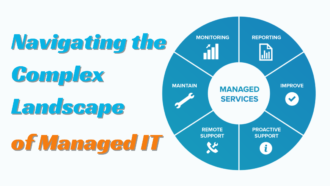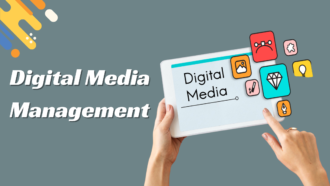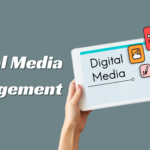What is Omnichannel Marketing and Why Does Your Business Need It
Omnichannel marketing is an approach to marketing that focuses on providing a consistent customer experience across all channels. That includes engaging your target audience on every touchpoint possible.
So, for example, if you share your content about Super Bowl Predictions with your audience on social media, you should also follow up with more relevant content using email, for instance, so that you can keep them engaged while guiding them down your sales funnel. The goal of omnichannel marketing is to create a seamless customer journey, whether they are interacting with your brand online, in-store, or through any other touchpoint.
In order to provide a consistent customer experience, businesses need to have a clear understanding of their target audience and what their needs are. They also need to ensure that all of their channels are integrated and working together seamlessly. With that in mind, let’s have a look at what omnichannel marketing is and why a business needs it.
How can you create an omnichannel marketing strategy?
An omnichannel marketing strategy is one that uses multiple channels to reach and engage customers.
The most common channels used in an omnichannel strategy are:
- Website
- Social media
- Push notifications
- In-app messages
- Direct mail
An omnichannel strategy seeks to provide a seamless, consistent experience for customers regardless of the channel they use. This means that each touchpoint must be integrated and work together to create a cohesive customer journey. It also means combining different marketing strategies, like content marketing, SEO, and social media marketing, for example, to work seamlessly together.
What are the benefits of omnichannel marketing?
Omnichannel marketing allows businesses to track customers’ interactions and preferences across all channels, and then use that data to create personalized experiences for each customer. By using an omnichannel approach, businesses can increase brand awareness, build customer loyalty, and boost sales.
The main purpose of combining different channels and different marketing strategies is to help businesses not only to provide a seamless and unique experience to their customers but also to track consumer behavior and better understand consumer needs, preferences and expectations.
What are some common challenges with omnichannel marketing?
One of the most common challenges with omnichannel marketing is integrating all of the channels together. This can be difficult because each channel has its own unique data, workflows, and processes.
Another challenge is making sure the customer experience is consistent across all channels. This can be difficult to achieve because each channel has its own strengths and weaknesses. For example, some channels might be better at generating leads, while others might be better at converting leads into customers.
It can also be challenging to track and measure the results of an omnichannel marketing campaign. This is because it can be difficult to attribute sales to specific channels. For example, a customer might see an ad on social media, click on a link in an email, and then make a purchase on the company’s website. In this case, it would be difficult to attribute the sale to any one specific channel.
Finally, it can be challenging to create content that is relevant and engaging for all of the different channels. This is because each channel has its own audience with its own needs and interests. For example, what works on Facebook might not work on Twitter.
Omnichannel marketing is the practice of using a variety of channels to reach and engage customers. This approach allows businesses to create a more unique and personalized experience for their audience while also being able to extract valuable data from consumer behavior.


















